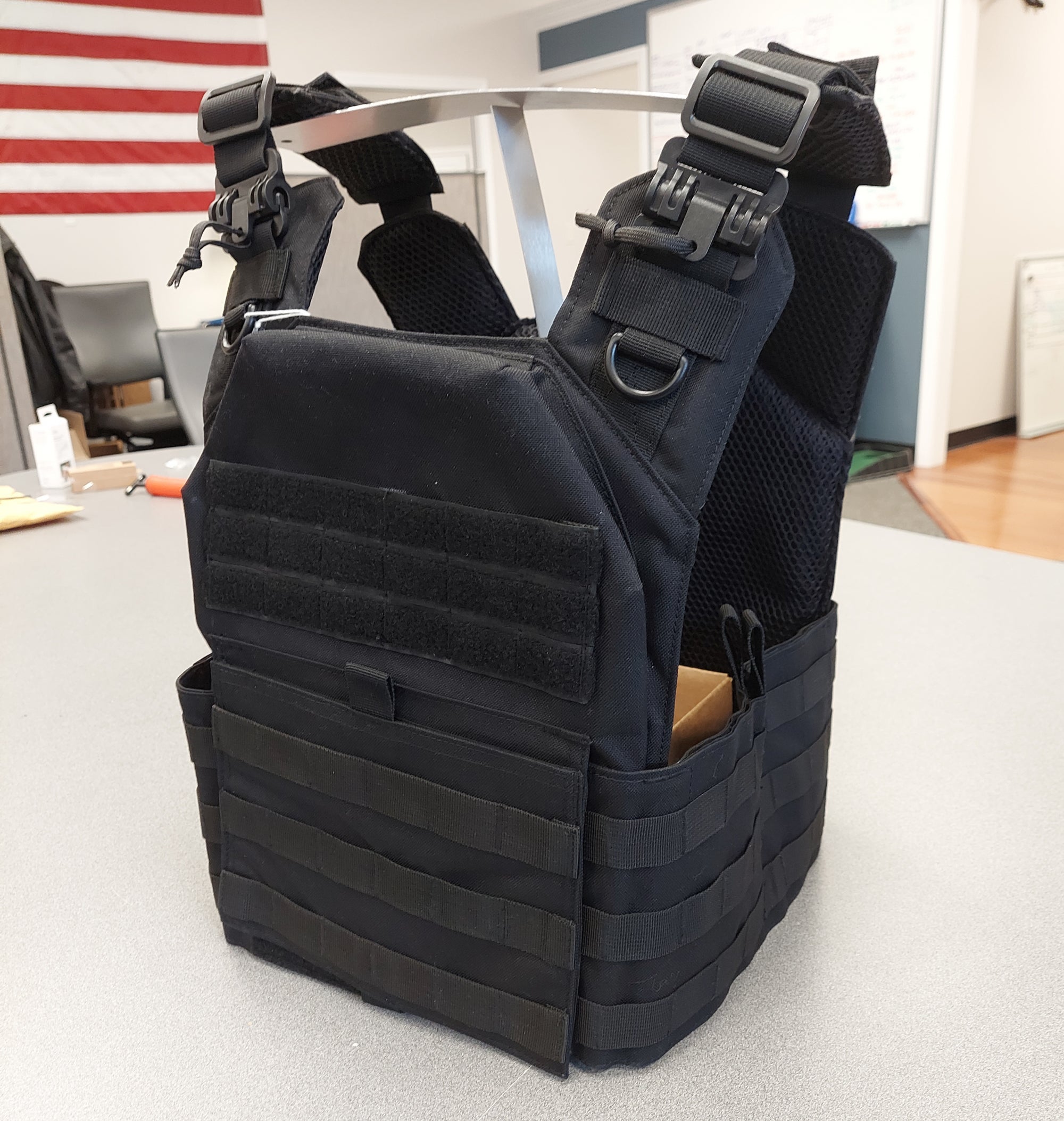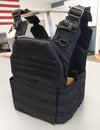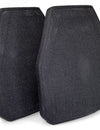
Choosing the right armor carrier is more than just a practical decision for military personnel; it's a critical one that can determine safety and effectiveness in the field. This article will look at the essential aspects of armor carriers, including the types, materials, fit, maintenance, and the latest innovations that are shaping the future of military gear. If you're serving or outfitting a team, knowing about these points helps you choose wisely.
Understanding Armor Carriers
Armor carriers are specialized vests designed to hold protective body armor plates. Their primary purpose is to protect soldiers by absorbing and dispersing the impact of bullets, shrapnel, and other ballistic threats. But they're not just about protection; they also need to be comfortable and allow for mobility, which is crucial in combat situations. Let's take a look at the different types of armor carriers:
- Plate Carriers: These are lightweight and designed for high mobility, typically used in high-risk combat situations.
- Tactical Vests: Offering more coverage and the ability to carry additional gear, these vests are suited for varied missions.
- Concealable Armor: Worn under clothing, these carriers are for covert operations where discretion is key.
- Crossover Vests: These vests comprise the wide assortment of outer vests not mentioned above, that can accept either armor plates or ballistic panels.
When selecting an armor carrier, it's important to reference military sources for credibility. The U.S. Department of Defense, for example, conducts extensive research and testing to ensure their armor meets rigorous safety standards. By consulting such sources, you can trust the guidance offered on the types and features of armor carriers that best suit different military roles.
Materials and Durability
When it comes to armor carriers, the materials used are as important as the armor itself. These materials are chosen for their ability to withstand harsh conditions while offering protection. Here are some common materials used:
- Nylon: Known for its strength and durability, nylon is often used for the outer layers of armor carriers.
- Polyester: This synthetic fiber is famous for its use in bulletproof vests. It's lightweight and strong, making it ideal for carrying ballistic panels.
- Cordura: A type of nylon with a reputation for resistance to tears, scuffs, and abrasions. It's a popular choice for the outer fabric of armor carriers, and plate carriers in particular.
These materials are not just tough; they are also tested for their resilience. For more insight, you can do some research on material resilience that highlights the endurance of these fabrics in extreme conditions.
The Perfect Fit for Safety and Mobility
Getting the right fit in an armor carrier is crucial for two main reasons: safety and mobility. If the fit is off, it can limit movement and even leave the wearer vulnerable in critical areas. A good fit is important because:
- Protection: Armor must cover the right areas to provide maximum protection. A poor fit can expose vital organs to danger.
- Mobility: Soldiers need to move quickly and freely. Armor that fits well allows for this, while ill-fitting gear can hinder movement.
Military experts often talk about the importance of fit. They suggest that when choosing an armor carrier, one should:
- Measure the body accurately.
- Consider the types of missions and environments in which the carrier will be used.
- Look for adjustability features to tailor the fit as needed.
Remember, the right fit not only protects but also ensures that the wearer can react swiftly in any situation.
Innovations and Advancements in Armor Technology
To be at the forefront of military defense, armor technology must always improve. Recent years have seen remarkable advancements in the materials and design of armor carriers, all focused on improving protection while increasing comfort and mobility for the wearer. Here are some of the key innovations:
- Lightweight materials that do not sacrifice protection
- Enhanced designs for better weight distribution
- Improved flexibility to allow for a greater range of motion
- Modular systems that can be adapted to specific mission requirements
When selecting an armor carrier, it's essential to consider the role and mission of the individual. A reconnaissance troop, for example, may prioritize mobility and low weight, while a door breacher might need additional front protection. Understanding these needs is crucial in making an informed choice.
Maintenance Best Practices
To ensure that armor carriers provide the best possible protection throughout their service life, proper care and maintenance are critical. Here are some tips for keeping your armor in top condition:
- Regularly check for any wear or damage
- Clean according to the manufacturer's instructions
- Store in a cool, dry place away from direct sunlight
- Replace components as recommended by the manufacturer
Following the maintenance standards set by military guidelines not only extends the lifespan of the armor carrier but also ensures reliability when it's needed most.
Conclusion: Making an Informed Choice
Choosing the right armor carrier is a decision that should never be taken lightly. Every point we've covered is crucial for your gear's performance and reliability. By understanding the importance of materials, fit, technology advancements, and maintenance, you can make a choice that best suits your needs in the field.
For those seeking a variety of high-quality armor carrier options, Body Armor Outlet offers a selection designed to meet the rigorous demands of military use. Explore their collection to find the optimal armor carrier for your mission.







